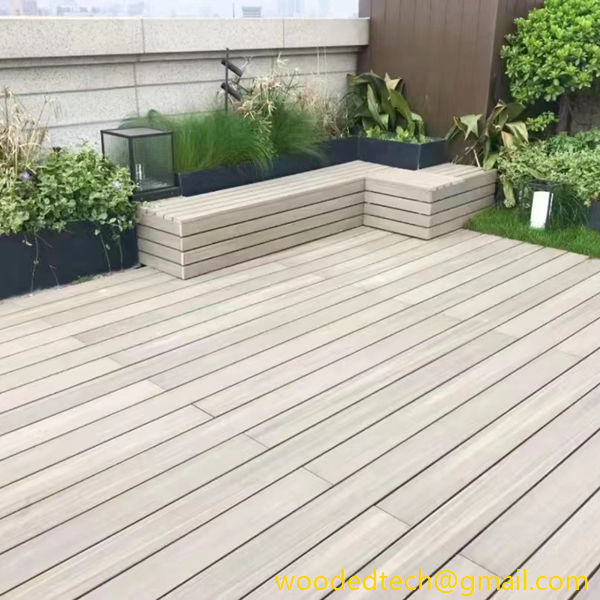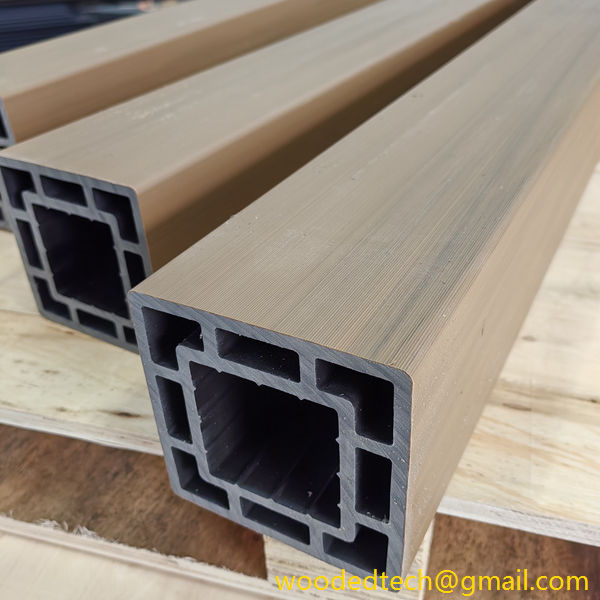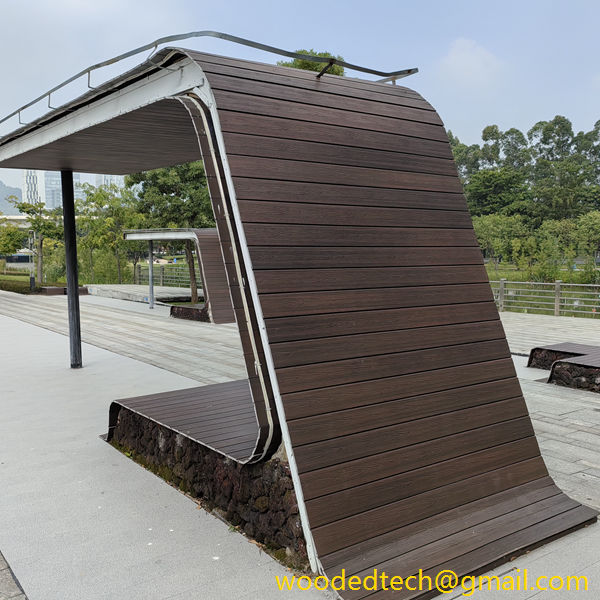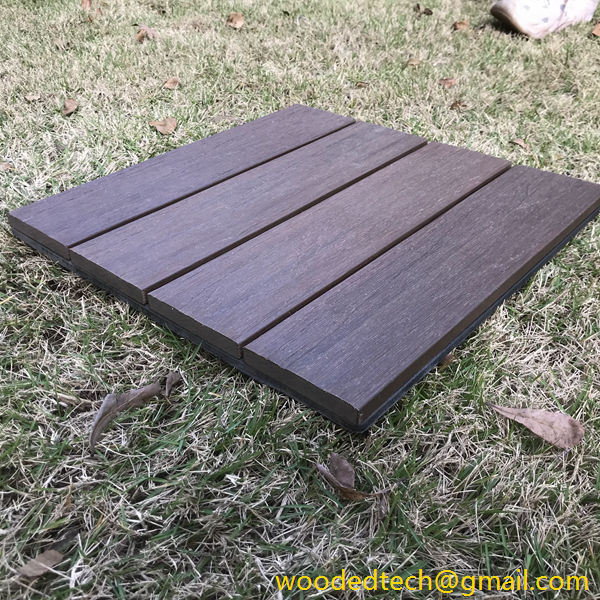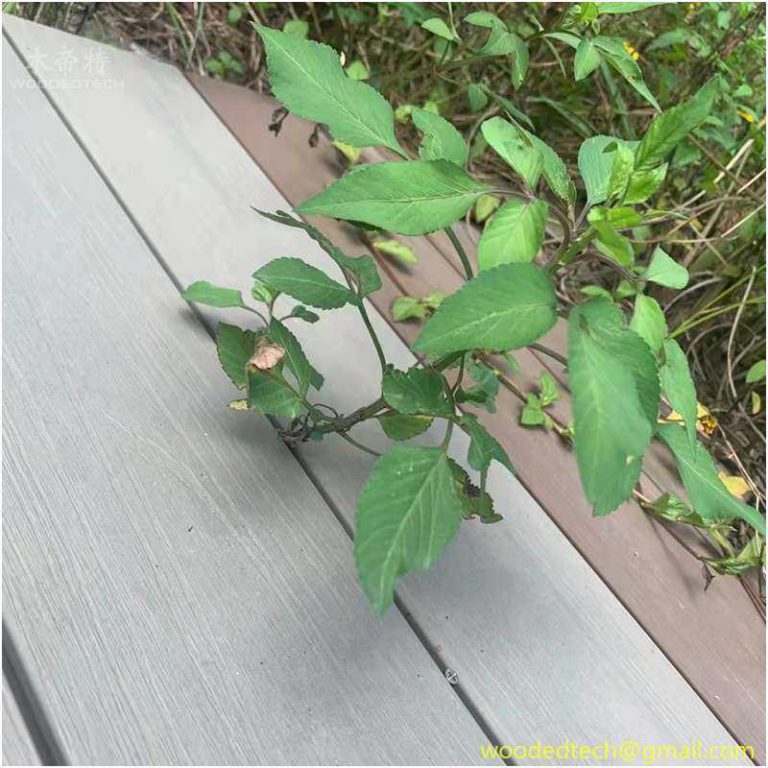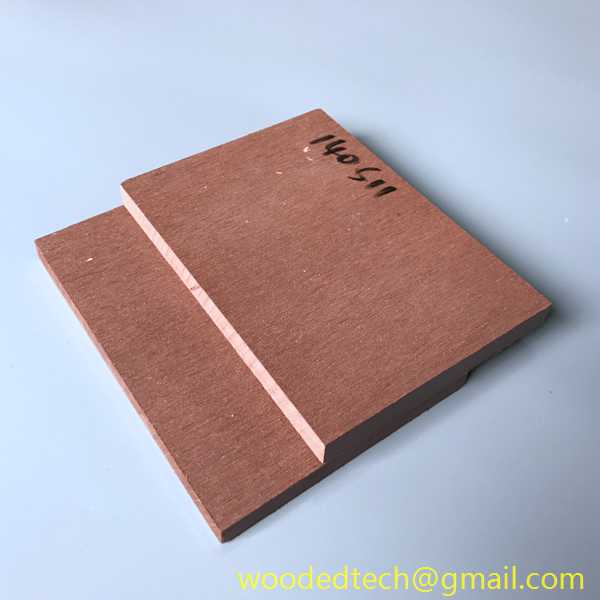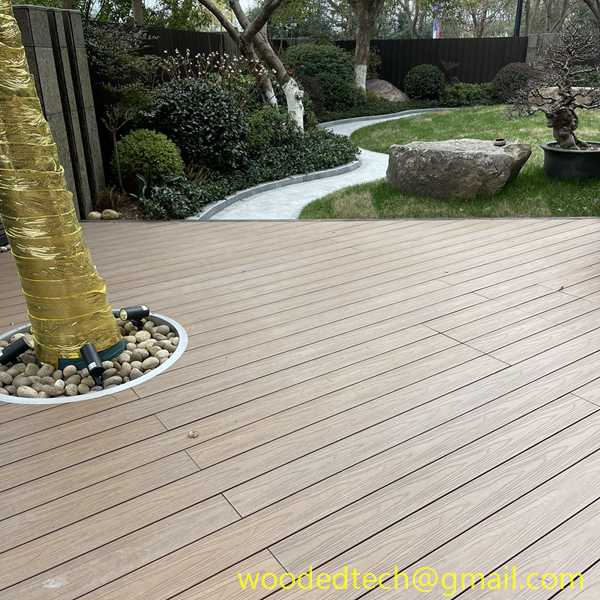A new choice for green life – plastic wood: a new chapter of environmentally friendly materials that are non-toxic, formaldehyde-free, and heavy metal-free
With the advancement of science and technology and the enhancement of environmental awareness, people’s demand for green and environmentally friendly materials is growing. As a new type of environmentally friendly green material, plastic wood has gradually become a new favorite in the fields of home furnishing and construction due to its non-toxic, formaldehyde-free, and heavy metal-free characteristics. This article will introduce the advantages and applications of plastic wood in detail to show you this new choice for green life.
1. Environmental advantages of plastic wood
1. Non-toxic and harmless: Plastic wood uses polymer polymerization technology to compound wood powder and plastic through high temperature and high pressure. During the production process, no toxic or harmful substances are added to ensure that the product itself is non-toxic and harmless.

2. No formaldehyde release: Formaldehyde is a toxic and harmful substance, and long-term contact will cause serious harm to human health. Plastic wood does not use harmful substances such as formaldehyde during the production process, so there is no formaldehyde release problem.
3. No heavy metal pollution: Heavy metals are also seriously harmful to human health. Plastic wood strictly controls raw materials during the production process to ensure that the product does not contain heavy metals and other harmful substances.
4. Recyclable: Plastic wood has good recyclability. After the service life expires, it can be recycled and reused to reduce environmental pollution.
2. Wide application of plastic wood
1. Home field: Plastic wood can be used to make flooring, furniture, doors and windows and other home products. It has the characteristics of beauty, durability and easy cleaning, bringing consumers a comfortable and environmentally friendly life experience.
2. Construction field: Plastic wood can be used for construction formwork, fences, bridges and other projects. It has the advantages of high strength, corrosion resistance and anti-aging, reducing construction costs and improving project quality.

3. Urban greening: Plastic wood can be used to make urban greening facilities such as flower boxes, tree pools, seats, etc. It has good environmental protection performance and provides green support for urban greening.
4. Traffic facilities: Plastic wood can be used to make traffic signs, guardrails and other facilities. It has strong weather resistance and impact resistance, which improves traffic safety performance.
3. Development prospects of plastic wood
With the continuous advancement of environmental protection policies and the improvement of consumers’ environmental awareness, the market demand for plastic wood will continue to grow. In the future, plastic wood will play an important role in the following directions:
1. Replacement of traditional wood: Plastic wood is superior to traditional wood in performance and is expected to gradually replace the application of wood in home furnishings, construction and other fields.
2. Green building: With the popularization of the concept of green building, plastic wood will play an important role in the field of green building and help the development of my country’s green building industry.

3. Environmental protection industry: The production and application of plastic wood will promote the development of the environmental protection industry and contribute to my country’s environmental protection cause.
In short, plastic wood, as a non-toxic, formaldehyde-free, heavy metal-free environmentally friendly green material, has a wide range of application prospects. Let us jointly advocate green life, choose environmentally friendly materials, and contribute to building a better home.

